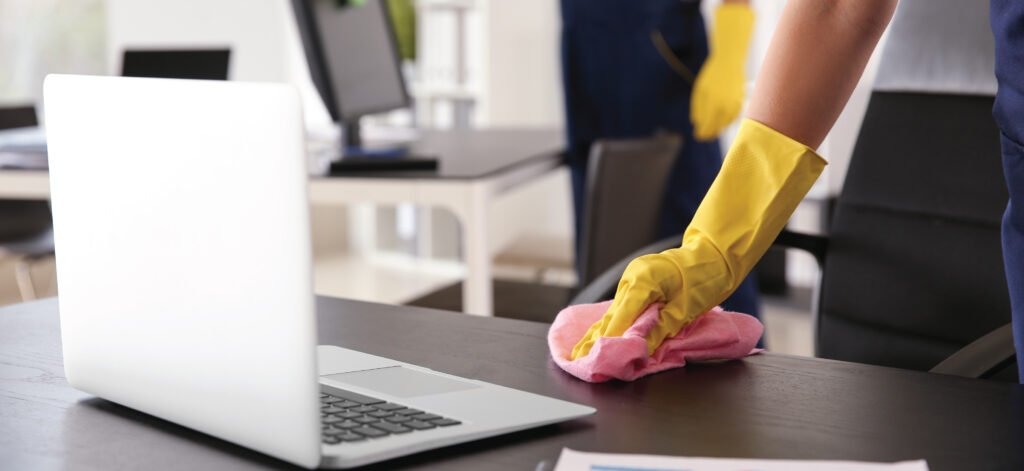Codigo de barras perfume have become an integral part of modern retail and manufacturing, including in the perfume industry. The barcode, often seen as a series of black and white stripes on perfume bottles, serves multiple purposes beyond just a label. It helps in tracking inventory, verifying authenticity, and ensuring traceability. Perfume enthusiasts and industry professionals alike need to understand the significance of barcodes in ensuring they are getting genuine products.
The Evolution of codigo de barras perfume in the Perfume Industry
Codigo de barras perfumehave evolved significantly since their inception. Initially introduced in the 1970s, barcodes have transitioned from simple line-based codes to more complex systems that can store a vast amount of data. Perfume manufacturers have adopted these technologies to enhance the efficiency of supply chains and improve the accuracy of product tracking. Innovations such as QR codes and RFID tags have further revolutionized the way perfumes are packaged and authenticated.
Types of Barcodes Used on Perfume Bottles
Perfume bottles typically use several types of barcodes, each serving a specific purpose:
Universal Product Code (UPC)
Commonly used in North America, UPCs are standardized barcodes that contain a unique identifier for each product. They are essential for retail scanning and inventory management.
European Article Number (EAN)
Widely used in Europe and other parts of the world, EAN barcodes are similar to UPCs but can hold more digits, allowing for a broader range of products to be uniquely identified.
Quick Response (QR) Codes
QR codes are increasingly used on perfume bottles for additional information such as promotional content, product details, and authenticity verification. They can be scanned with smartphones, making them user-friendly.
How to Read and Interpret codigo de barras perfume
Understanding how to read and interpret perfume barcodes is crucial for both consumers and retailers. Each barcode contains encoded information that can be decoded using a scanner.
Decoding the Information Contained in Barcodes
Barcodes typically include data such as the product’s manufacturer, item number, and a check digit to ensure accuracy.
Identifying Batch Codes and Serial Numbers
Batch codes and serial numbers are often included in barcodes to track the production date and specific batch of the perfume, which helps in managing inventory and handling recalls.
Ensuring Perfume Authenticity with codigo de barras perfume
Barcodes play a critical role in verifying the authenticity of perfumes. By scanning the barcode, consumers can access information that helps confirm whether the product is genuine or counterfeit. Discrepancies in barcode data, such as mismatched information or invalid numbers, can indicate a fake product. Retailers and manufacturers also use barcodes to track the distribution of perfumes, making it easier to detect and prevent counterfeiting.
The Role of Barcodes in Perfume Traceability
Barcodes facilitate the traceability of perfumes from the manufacturer to the end consumer. They enable detailed tracking of each product through the supply chain, ensuring that perfumes are delivered accurately and securely. This traceability is essential for quality control and handling recalls, as it allows manufacturers to quickly identify and address issues with specific batches of perfume.
Barcode Implementation in Perfume Packaging
Integrating barcodes into perfume packaging involves several steps, including selecting the appropriate barcode type, designing the packaging to include the barcode, and ensuring that the barcode is scannable. Challenges such as barcode placement, print quality, and environmental factors can affect the effectiveness of barcode scanning. However, solutions such as high-resolution printing and protective coatings can help overcome these challenges.
Technological Innovations in codigo de barras perfume
The perfume industry is embracing new technologies to enhance barcode functionality. Innovations like Radio-Frequency Identification (RFID) and smart barcodes are transforming how perfumes are tracked and authenticated. These technologies offer benefits such as real-time inventory management, enhanced security, and improved data accuracy. Future trends include the integration of blockchain technology to provide a tamper-proof record of a perfume’s journey through the supply chain.
Legal and Regulatory Aspects of Perfume Barcodes
Perfume barcodes must comply with various international standards and regulations to ensure accuracy and reliability. These standards govern the format, content, and placement of barcodes on packaging. Legal implications of counterfeit perfumes and barcode fraud are significant, as they can result in financial losses, legal penalties, and damage to brand reputation. Ensuring compliance with regulatory requirements helps protect both consumers and businesses.
Consumer Tips for Checking Perfume Authenticity
Consumers can take several steps to verify the authenticity of perfumes using barcodes. Scanning the barcode with a smartphone or a dedicated scanner can provide information about the product’s origin and authenticity. There are also apps available that allow consumers to check the authenticity of perfumes by comparing the scanned barcode data with a database of known products. It’s important to be aware of common indicators of fake perfumes, such as mismatched or missing barcode information.
Common Myths and Misconceptions About codigo de barras perfume
There are several myths and misconceptions about perfume barcodes that can lead to confusion. Many people think that only special scanners can read barcodes or that barcodes only hold pricing information. However, various devices, including smartphones, can read barcodes, and these codes contain a wealth of information beyond just price. Understanding the real benefits of barcode technology can help dispel these myths and encourage more informed use of barcodes in the perfume industry.
Case Studies of Successful Barcode Implementation in Perfume
Many perfume brands have successfully implemented barcode technology to enhance their operations and improve consumer trust. For example, luxury brands like Chanel and Dior use barcodes to track their products throughout the supply chain, ensuring that only genuine perfumes reach consumers. These brands also use barcodes to provide additional product information and exclusive content, enhancing the customer experience and building brand loyalty.
The Future of codigo de barras perfume in the Perfume Industry
The future of barcodes in the perfume industry looks promising, with emerging technologies poised to further enhance the functionality and effectiveness of barcodes. We expect advances in areas such as artificial intelligence and machine learning to improve the accuracy of barcode scanning and data analysis. As the industry continues to evolve, barcodes will play an increasingly important role in ensuring the authenticity, traceability, and quality of perfumes.
Conclusion
Barcodes play a crucial role in the perfume industry by ensuring the authenticity, traceability, and quality of products. They provide valuable information that helps consumers verify the authenticity of their purchases and protect against counterfeit products.
As technology continues to advance, barcodes will become even more integral to the perfume industry, offering new ways to enhance product tracking, quality control, and consumer trust.
FAQs
How do I know if a codigo de barras perfume is real?
You can verify the authenticity of a perfume barcode by scanning it with a barcode scanner or a smartphone app. The information retrieved should match the product details and manufacturer information. Discrepancies in the barcode data may indicate a fake product.
What information can I get from a codigo de barras perfume?
A perfume barcode typically contains information about the product’s manufacturer, item number, batch code, and serial number. You can use this data to verify authenticity, track the product’s journey through the supply chain, and identify specific batches for quality control.
Are there apps to check codigo de barras perfume?
Yes, there are several apps available that allow you to scan and check perfume barcodes. These apps can provide information about the product’s authenticity, origin, and other relevant details. Some popular apps include Barcode Scanner, QR Reader, and CheckFresh.
Why is barcode important in the perfume industry?
Barcodes are important in the perfume industry because they help ensure the authenticity, traceability, and quality of perfumes. They enable efficient inventory management, accurate product tracking, and effective handling of recalls. Barcodes also help combat counterfeiting by providing a means to verify the authenticity of products.
Can I trust online codigo de barras perfume scanners?
Online perfume barcode scanners can be a useful tool for verifying product authenticity, but it’s important to use reputable sources and apps. Seek scanners that industry professionals recognize and users highly recommend. Always cross-check the information provided with other sources to ensure accuracy.
What should I do if a codigo de barras perfume doesn’t match?
If a perfume barcode doesn’t match the product details or manufacturer information, it may indicate that the product is counterfeit. In such cases, it’s best to contact the retailer or manufacturer for verification. Avoid using the product until you are certain of its authenticity to prevent potential risks.





